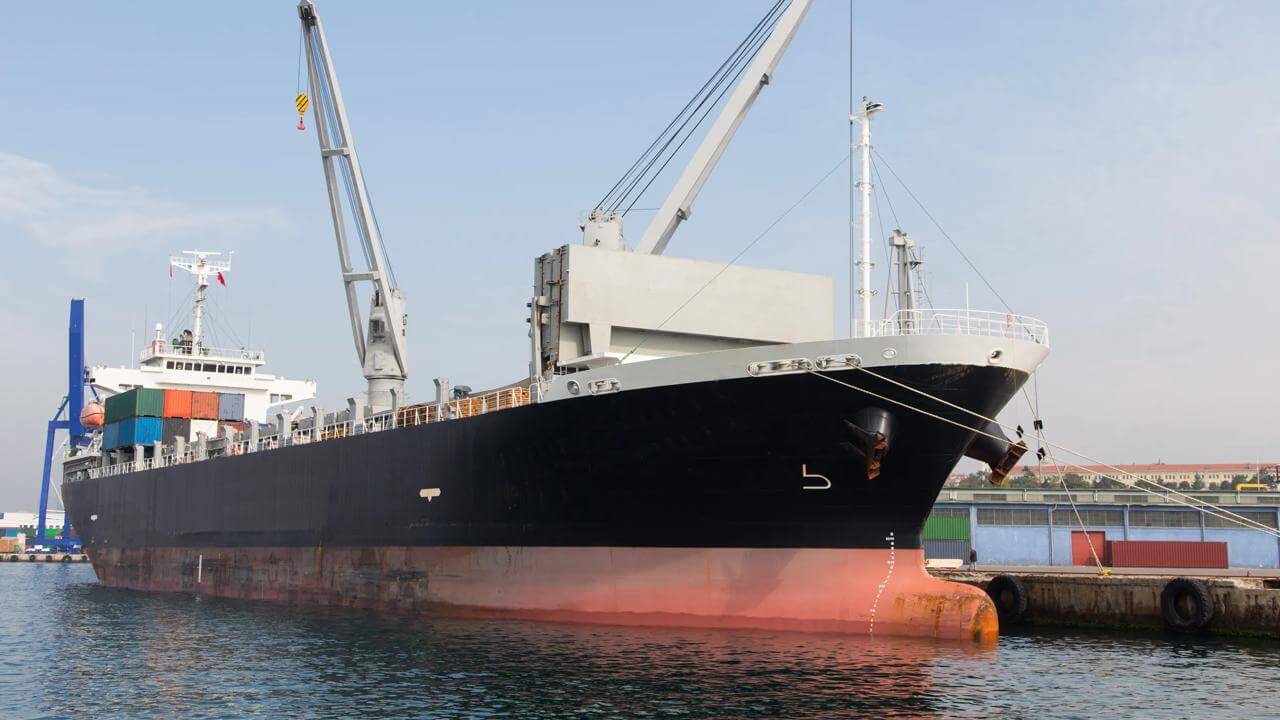Background
The decision in Allianz v University of Exeter is the latest in a series of recent cases considering proximate cause. In early 2021, contractors were carrying out building works on adjacent land to the University of Exeter’s campus, when they discovered a bomb that had been dropped by hostile German forces in 1942. Further analysis of the bomb found it to be severely degraded, such that “the only realistic course” was to detonate on-site as it could not be safely removed for detonation elsewhere. The controlled explosion involved the army imposing a 400-metre safety zone which encompassed certain areas of the University campus.
Notwithstanding the safety measures adopted, the bomb caused damage to buildings in the vicinity. The University claimed for both the physical damage to some of its halls of residence and business interruption in respect of the evacuation, loss of rent, and temporary re-housing of affected students.
The policy contained an exclusion for “loss, destruction, damage, death, injury, disablement or liability for any consequential loss occasioned by war” (the “War Exclusion”). Following Wayne Tank and Pump v Employers Liability Assurance Corp. insurers need only establish one effective and interdependent (i.e. proximate) cause is captured by an exclusion to decline a claim. If there are competing concurrent causes, some of which are covered and others which are excluded, the exclusion applies.
Allianz submitted that the act of dropping the bomb was either “the” or, in light of Wayne Tank, alternatively “a” proximate cause, neither the passage of time nor the controlled denotation changed this position.
The University’s case was that the proximate cause was “the deliberate act of bomb disposal”, as without that the damage would not have been caused and that the parties cannot have intended to exclude historic wars from cover.
The court was asked to determine which of the various causes was proximate and whether the damage in respect of the claim was “occasioned by war”.
Proximate Cause
The parties agreed that the phrasing of the War Exclusion clause required examination of the proximate cause. Contextualised against a more detailed discussion of key authorities, the court applied the test set out by the Supreme Court in FCA V Arch [2021] and outlined the following principles:
- The truly proximate cause is the efficient and effective cause of the ascribed event rather than the cause most recent to the loss;
- In selecting the efficient cause of the loss, common sense rather than microscopic over-analysis and complication should be deployed;
- It is possible for a loss to have more than one cause and when faced with concurrent causes where one is excluded and one insured, the exclusion prevails (Wayne Tank);
- Human interventions and actions are not generally regarded as breaking the chain of causation, provided that such actions are not wholly unreasonable.
Decision
The High Court determined that the proximate cause was the dropping and presence of the bomb, which as an act of war fell within the War Exclusion. The Court disagreed with the University’s argument that the passage of time and historic nature of the war, were relevant factors in application of the War Exclusion. The subsequent act of detonation (which would have been otherwise covered under the policy) therefore had no casual significance. Allianz were therefore successful in securing a declaration in their favour.
In further explanation of his rationale, HHJ Bird commented that the earlier cause remained proximate since: “The explosion was triggered by the reasonable (and indeed obviously correct) decision to detonate the bomb. That decision was necessitated by the presence of the bomb. If there had been no bomb, there would have been no explosion. The bomb provided both the explosive payload and the absolute need for the detonation.”
The judgment gives a clear summary of the authorities on proximate cause and endorses the approach in Leyland Shipping v Norwich Union Fire Insurance Society Limited [1918], which talks of causation being viewed as a ‘net’ rather than the usual ‘chain’. This is because causative forces are not linear, but “may converge from all directions”. Therefore, it is the “character of those events rather than the chronological order” that should be considered when determining proximate cause.
This judgment is very much on the heels of the decision on proximate cause in Brian Leighton (Garages) v Allianz (2023) – see here for our commentary on that. Although this case turned on its own particular facts, the judgment is well worth a read for practitioners and businesses in the insurance space given the importance of the issue to the sector. We will be keeping an eye to see if the University appeals.
Key contacts

Rachael Murphy
Principal Associate
rachael.murphy@brownejacobson.com
+44 (0)115 976 6219









































